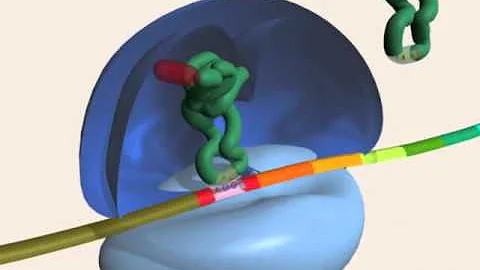Como responder these?
Índice
- Como responder these?
- Quando se usa These e Those?
- Como usar these?
- Qual a tradução correta de these?
- Qual é o pronome demonstrativo que utilizamos para indicar?
- Qual é o singular de those?
- Como é usado o That?
- What's the correct response to'¿ Como Estas'?
- What do you say when someone says Como Estas?
- When do you use usted responses in Spanish?
- How to respond to " how are you " in Spanish?

Como responder these?
Essa palavra é comumente usada para responder perguntas como “What's this?” (O que é isso?). Para tanto, responde-se com “This is”. Exemplos: This is my telephone number.
Quando se usa These e Those?
Pronomes demonstrativos em inglês - These – é forma plural de this. Tem significado de “estes” e “estas”. - That – é o termo que usa-se para fazer referência a algo ou alguém distante no espaço ou no tempo. Normalmente significa “esse”, “essa”, “isso”, “aquele” e “aquela”.
Como usar these?
This - Para substantivos no singular e perto de você. That - Para substantivos no singular e longe de você. These - Para substantivos no plural e perto. Those - Para substantivos no plural e longe.
Qual a tradução correta de these?
Uso de these O significado de these é estes ou estas.
Qual é o pronome demonstrativo que utilizamos para indicar?
Quanto ao contexto, os pronomes demonstrativos indicam: 1) Este(s), esta(s), isto – refere-se a algo que vai ser mencionado em seguida: A questão é esta: não poderemos votar até que observemos todas as propostas e vida pregressa.
Qual é o singular de those?
That é o singular de those, por causa da distância entre o falante e o objeto.
Como é usado o That?
Uso do that Esse pronome demonstrativo é utilizado para fazer referência a algo ou alguém que esteja longe do emissor da mensagem. Exemplos: That fridge is old. (Aquela geladeira é velha.)
What's the correct response to'¿ Como Estas'?
- ( Fine, and you?) to ¡Fatal! ( Terrible!) Here's a list of fairly standard responses to ¿Cómo estás? that would be acceptable in just about any situation. Keep in mind that these responses may come off as a little rude if you don't also say gracias ( thank you) or ask the other person how they are. Excelente. Excellent. Muy bien. Very good/well.
What do you say when someone says Como Estas?
- I’m going to share some simple but very common ways to respond to “cómo estás” with you. Enough chit-chat, let’s get to it. This translates to something along the lines of “everything is fine” or “it’s all good”. By the way, if you turn this into a question, you’re asking someone if everything is ok.
When do you use usted responses in Spanish?
- You should use usted responses for people older than you or people to whom you want to show deference or respect. Excelente, gracias. ¿Y tú? Excelente, gracias. ¿Y usted? Excellent, thanks. And you? Muy bien, gracias. ¿Y tú? Muy bien, gracias. ¿Y usted? Very good, thanks. And you? Superbién, gracias. ¿Y tú? Superbién, gracias. ¿Y usted?
How to respond to " how are you " in Spanish?
- Keep in mind that these responses may come off as a little rude if you don't also say gracias ( thank you) or ask the other person how they are. Excelente. Excellent. Muy bien. Very good/well. Superbién. Very good/well. Bien bien. Good, good. Todo bien. Everything's good. Bien. Good/well. Regular. Okay. Normal. Okay. Más o menos. So-so. Así así.















